The Revival of Mobile Phone External Lenses: A Modular Renaissance for Creative Shooting
![]() 01/02 2025
01/02 2025
![]() 917
917
If you've been keeping tabs on the mobile phone market in 2024, you've likely noticed a surge in the prominence of "telephoto" lenses. Taking flagship phones from the first half of the year as an example, brands like Xiaomi, OPPO, and Samsung have all adopted dual-telephoto solutions for their rear camera modules. Notably, Samsung abandoned its 10x telephoto lens for the first time in favor of a 5x periscope telephoto with a larger sensor.
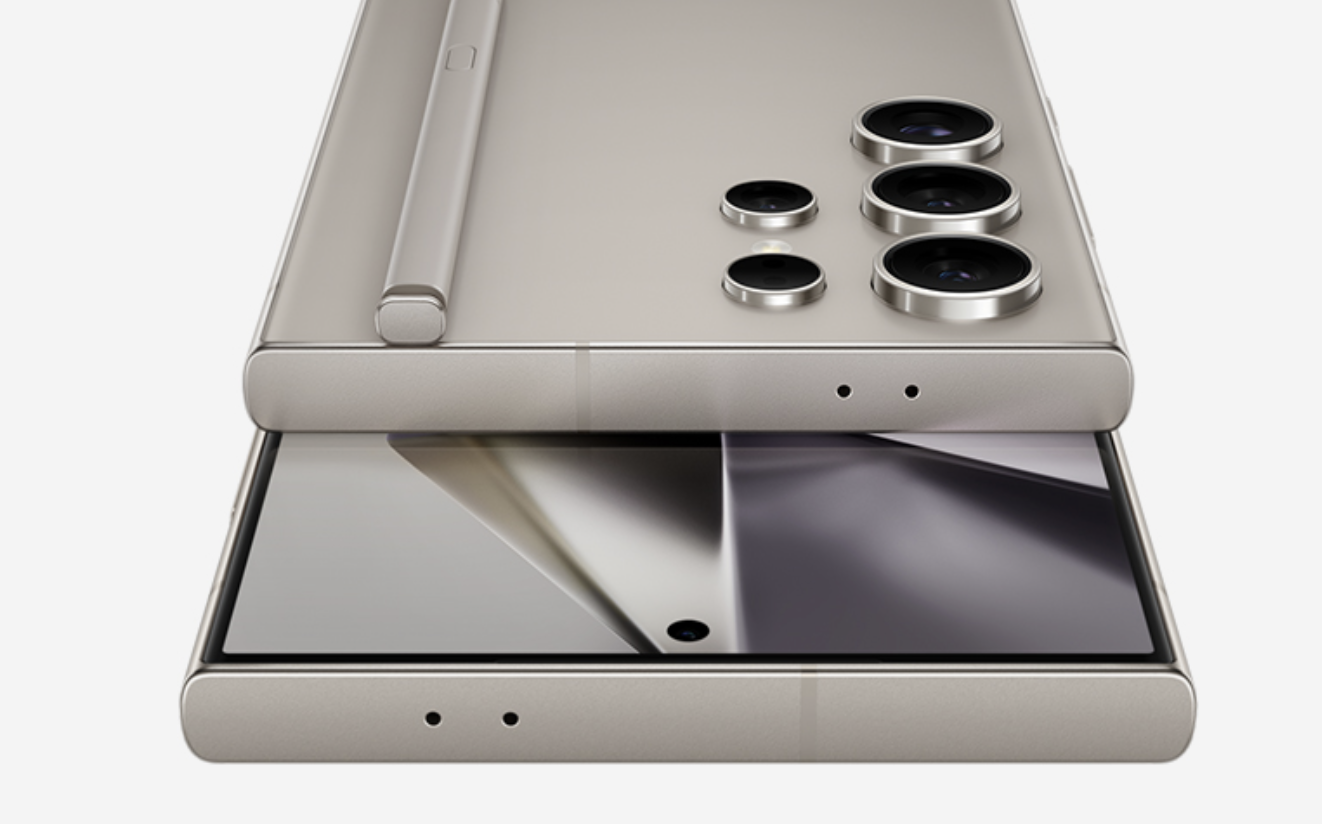
Image source: Samsung
However, due to limitations in optics and materials science, achieving optical quality comparable to professional camera telephoto lenses in such a compact device as a mobile phone remains a formidable challenge. Consequently, many mobile phone brands have resorted to AI to complement the information captured by telephoto lenses, optimizing telephoto performance through AI photography.
Beyond AI telephoto, users now have another intriguing option. Recently, Honor Select introduced a photography kit from Fotorgear, which stands out for its ability to attach various external lenses.
That's right; the concept of external lenses, which faded from the mobile phone accessory market in 2016, is making a comeback.
External Lenses: From Popularity to Decline
In 2011, a company named Olloclip launched the first mobile phone external lens for the iPhone, marking the birth of smartphone external lenses. Despite the passage of time and the relatively low technical threshold, it's challenging to verify Olloclip's claim of "innovation." What is certain is that Olloclip played a pivotal role in the development of mobile phone external lenses.
During the iPhone 4 era, Olloclip's external lenses became a "must-have accessory." Inspired by Olloclip, brands like Apexel and Moment successively launched various external lens products.
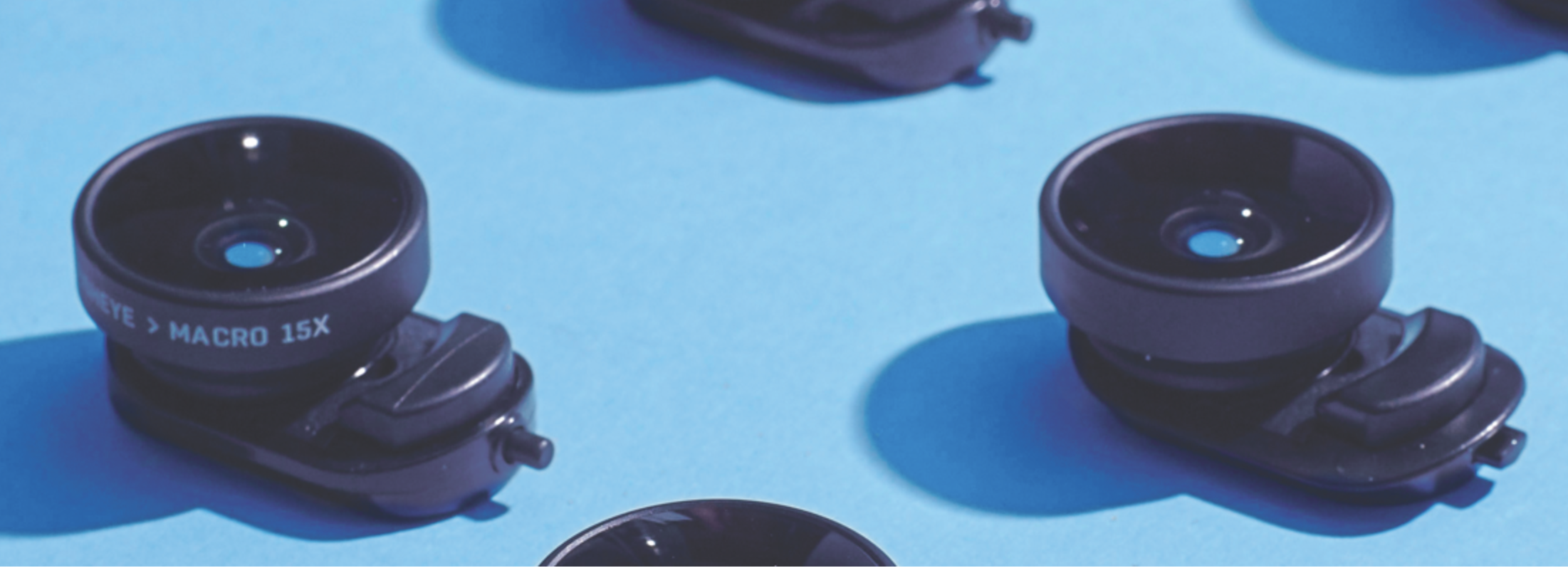
Image source: Olloclip
Contrary to popular belief, only a few external lenses at the time were telephoto lenses; most were wide-angle, fisheye lenses designed to "widen the phone's field of view" or macro magnifying glasses for fun shooting. This "favoring the near over the far" phenomenon is understandable:
Between 2010 and 2014, mobile phone cameras were used more for "recording life" than "artistic creation" due to their poor image quality. Without a professional market, external lens brands couldn't support the development of telephoto lens optics with premium pricing. The development and manufacturing costs of wide-angle, fisheye, and macro lenses (which were essentially magnifying glasses) were extremely low, making prices around 100 yuan more acceptable to users. Additionally, the optical design of telephoto lenses reduces the amount of light at the end, exacerbating smartphones' already limited light-sensing capabilities.
In 2016, Samsung released the Galaxy S6, featuring an F1.9 large aperture (most phones at the time had an F2.2 aperture) and OIS optical image stabilization, enabling low-light photography on mobile phones. For external lens brands, the Galaxy S6 marked a turning point, suggesting that mobile phone external lenses could finally transcend their "toy" label and realize their true potential.
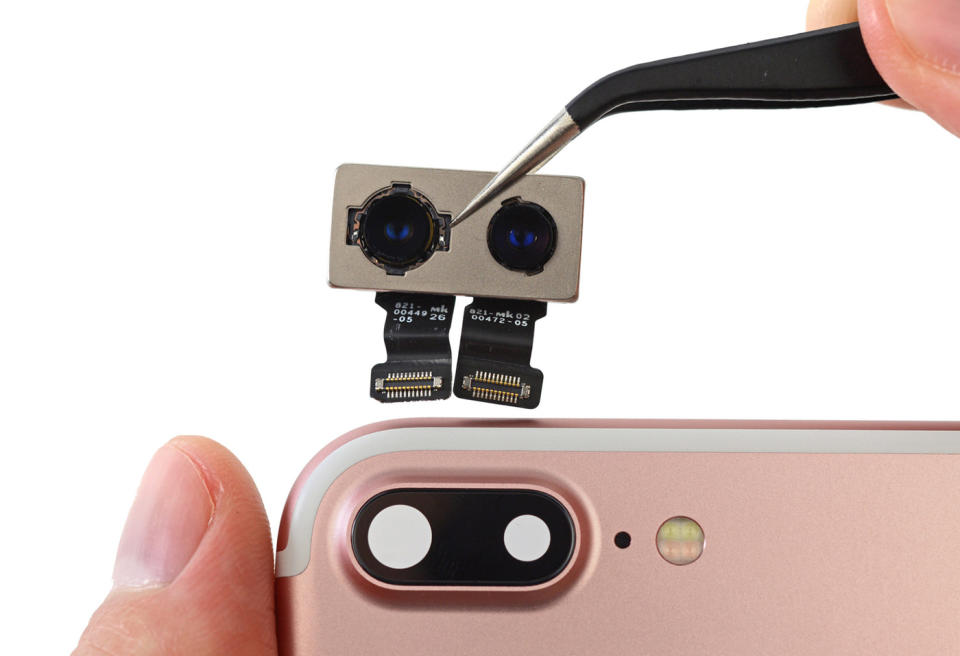
Image source: iFixit
But the good times were short-lived. Six months after external lenses gained mainstream traction, Apple released the iPhone 7 Plus, pioneering the multi-camera system on mobile phones and ushering in the era of "wide-angle + telephoto" setups. The exploration of multi-camera modules by mobile phone manufacturers posed a real threat to the external lens industry.
The multi-camera system inherently covers the shooting scenarios provided by external lenses. With a simple tap on the screen, users can switch between telephoto and wide-angle lenses, a convenience that external lenses cannot match. Coupled with significant improvements in mobile phone imaging quality, external lenses, once considered acceptable in terms of image quality, now became a drawback. With declining product capabilities, market influence, and size, mobile phone external lenses inevitably fell into decline.
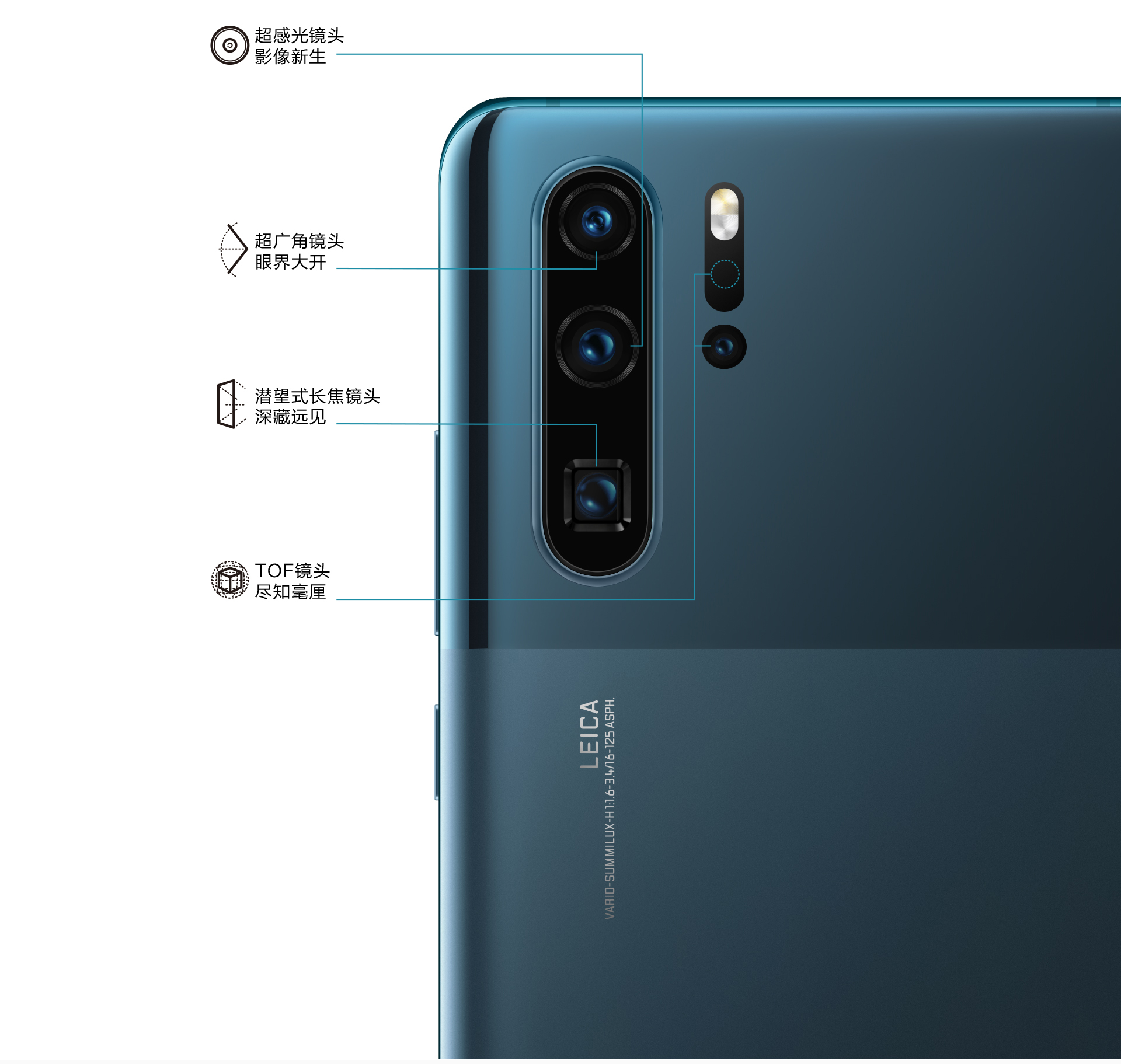
Image source: Huawei
In 2019, Huawei introduced the P30 series, bringing periscope telephoto lenses to the mobile phone industry. For the mobile phone industry, periscope lenses opened up endless possibilities for mobile phone telephoto capabilities; however, for external lenses, the integration of periscope telephoto lenses spelled the end of their market space.
Creative Shooting Explosion Revives External Cameras
In 2023, the over-sharpening and "creating something out of nothing" in mobile phone AI photography caused dissatisfaction among some users, and mobile phone external lenses re-entered the public eye with their authentic images. Compared to previous external lenses, this category, after multiple shuffles, has made significant progress in optical quality. Coupled with the optical image stabilization feature that comes standard on flagship phones, mobile phone external lenses, particularly telephoto lenses, have embraced a second life.
First, compared to the compact periscope telephoto lenses inside mobile phones, high-end external telephoto lenses have an unmatched advantage in imaging quality. While AI-powered ISPs can use algorithms to "fill in" missing details, they pale in comparison to external telephoto lenses that are dozens of times larger in size.
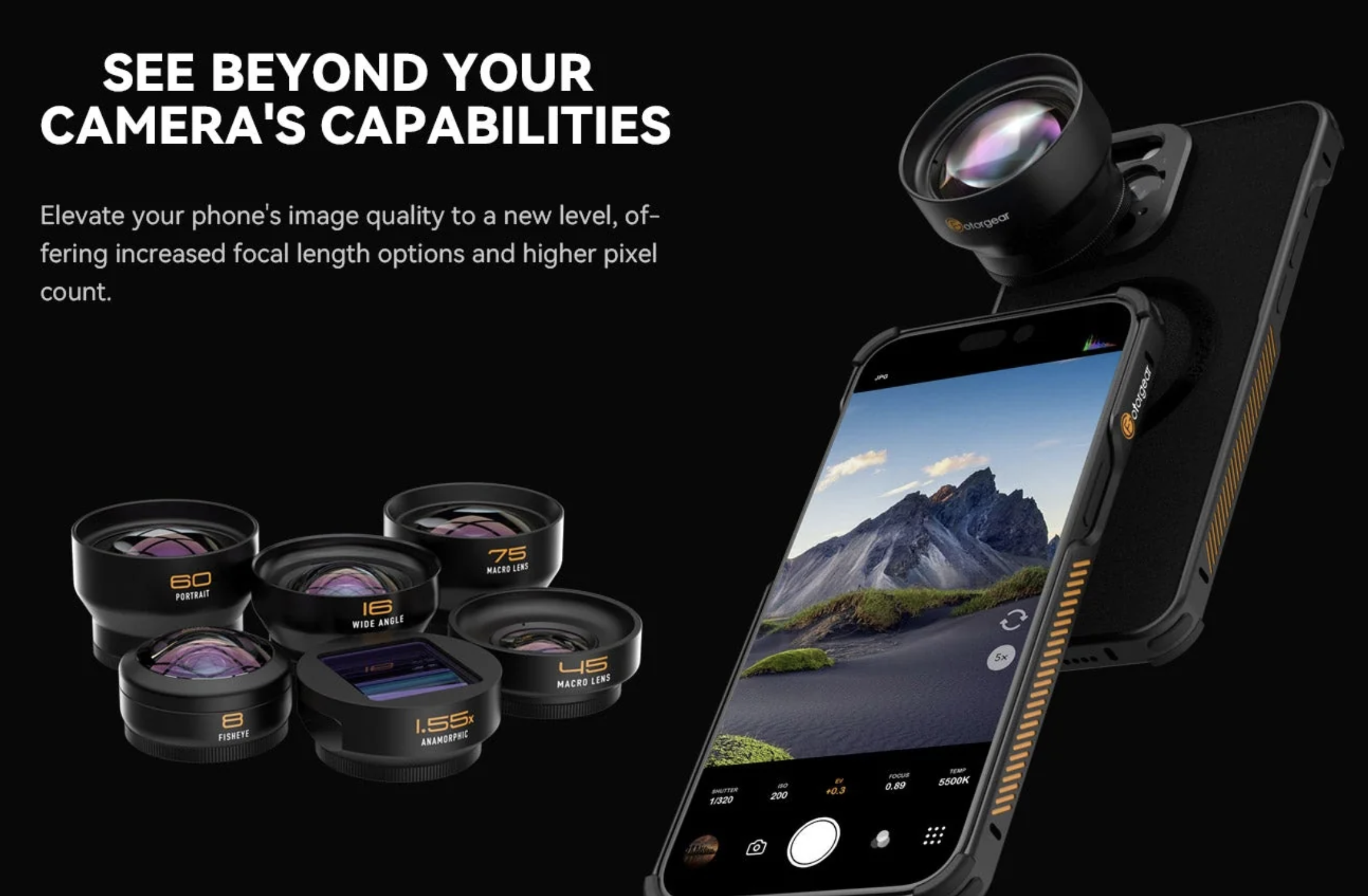
Image source: FotorGear
Secondly, the demand for creative shooting has become the lifeblood of external lenses. Considering practicality, most mobile phone brands' multi-camera modules include ultra-wide-angle, wide-angle, and telephoto lenses. However, external lenses offer a plethora of creative options like fisheye and wide-compression lenses. More importantly, these creative lenses can be used in conjunction with the mobile phone's main camera sensor, garnering a loyal fan base in 2024, especially as the shrinking of ultra-wide-angle lenses becomes a common phenomenon, and external lenses gain traction based on the main camera's characteristics.
Taking the FotorGear external lens kit launched by Honor Select as an example, on the Fotorgear website, we find a variety of external lenses developed exclusively for the main camera, such as a telephoto lens that upgrades the main camera to a 400mm super-telephoto, a wide-compression lens that provides an additional 1.55x field of view, and humanistic lenses like 45mm and 75mm.
The rich lens selection brings lossless zoom capabilities to the mobile phone's main camera, covering the full range of mobile phone photography scenarios, allowing the concept of external lenses to return to the mainstream market as a high-end creative tool.
Will the Concept of Mobile Phone "Modular Cameras" Resurface?
Have you noticed something interesting? Today's external lenses are becoming increasingly feature-rich and larger in size, with some products even incorporating built-in fill lights. So, by today's standards, can external lenses be considered a form of "modular phone"? Going further, if external lenses can significantly expand the shooting capabilities of the main camera, why not make mobile phone cameras fully modular and customizable?
Throughout the history of smartphone development, there have indeed been products based on modular camera designs: LG G5 introduced an official vertical shooting handle, Sony launched the QX "screenless camera" that must be used with a mobile phone, and Moto even pushed modular design to its extreme with a "camera back cover" featuring a complete camera module.
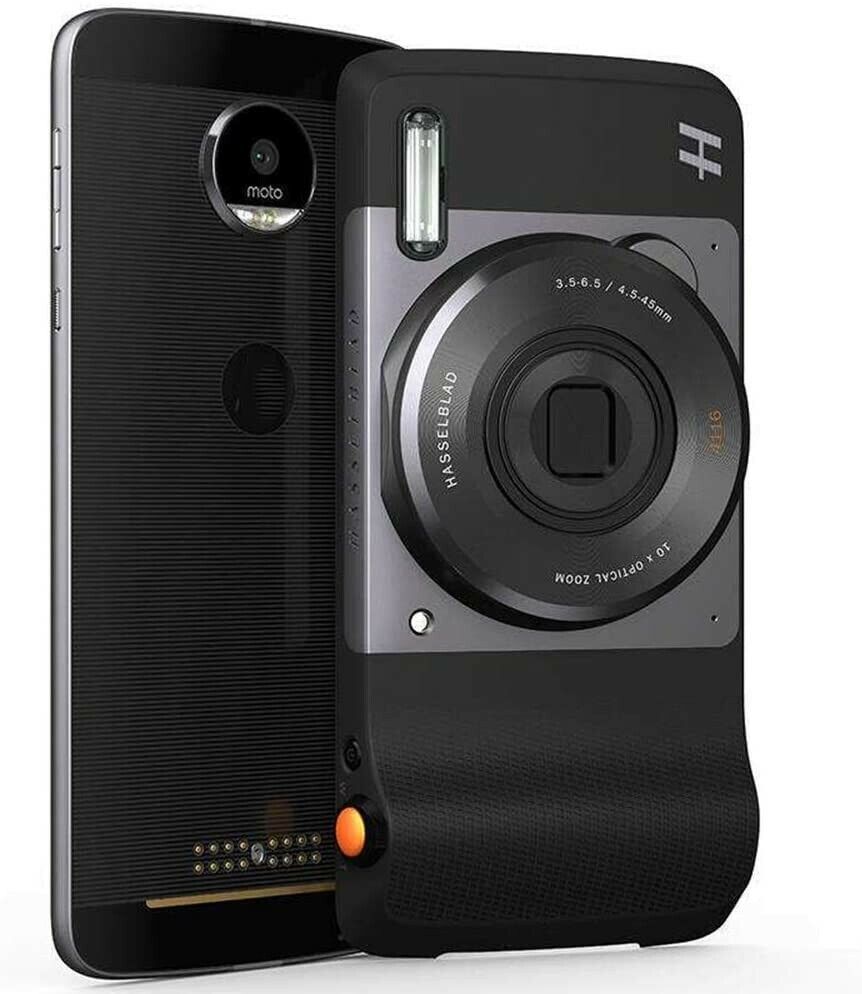
Image source: Moto
Due to factors like price and compatibility, none of these modular designs gained widespread market acceptance. Moreover, as one of the core functions of smartphones, cameras are ill-suited for a "modular" design: smartphones are a complete, all-scenario hardware collection, and modularity inherently disrupts the phone's "completeness."
To illustrate, even if a brand were to turn mobile phone external lenses into camera modules, the most practical wide-angle module would undoubtedly be everyone's "go-to lens," only replaced with other modules when needed for different scenes. This not only fails to enhance the external lens experience but also unnecessarily increases the cost of each module.
The challenges of building a modular camera ecosystem also hinder the widespread adoption of modular phones. Mobile phone photography has long entered the era of computational photography, where a high-quality photo is the result of collaboration among camera module brands, sensor suppliers, mobile phone brands, and third-party camera developers. To establish their own ecological moat, it's unlikely that mobile phone brands will open their camera tone protocols to third-party brands and developers.
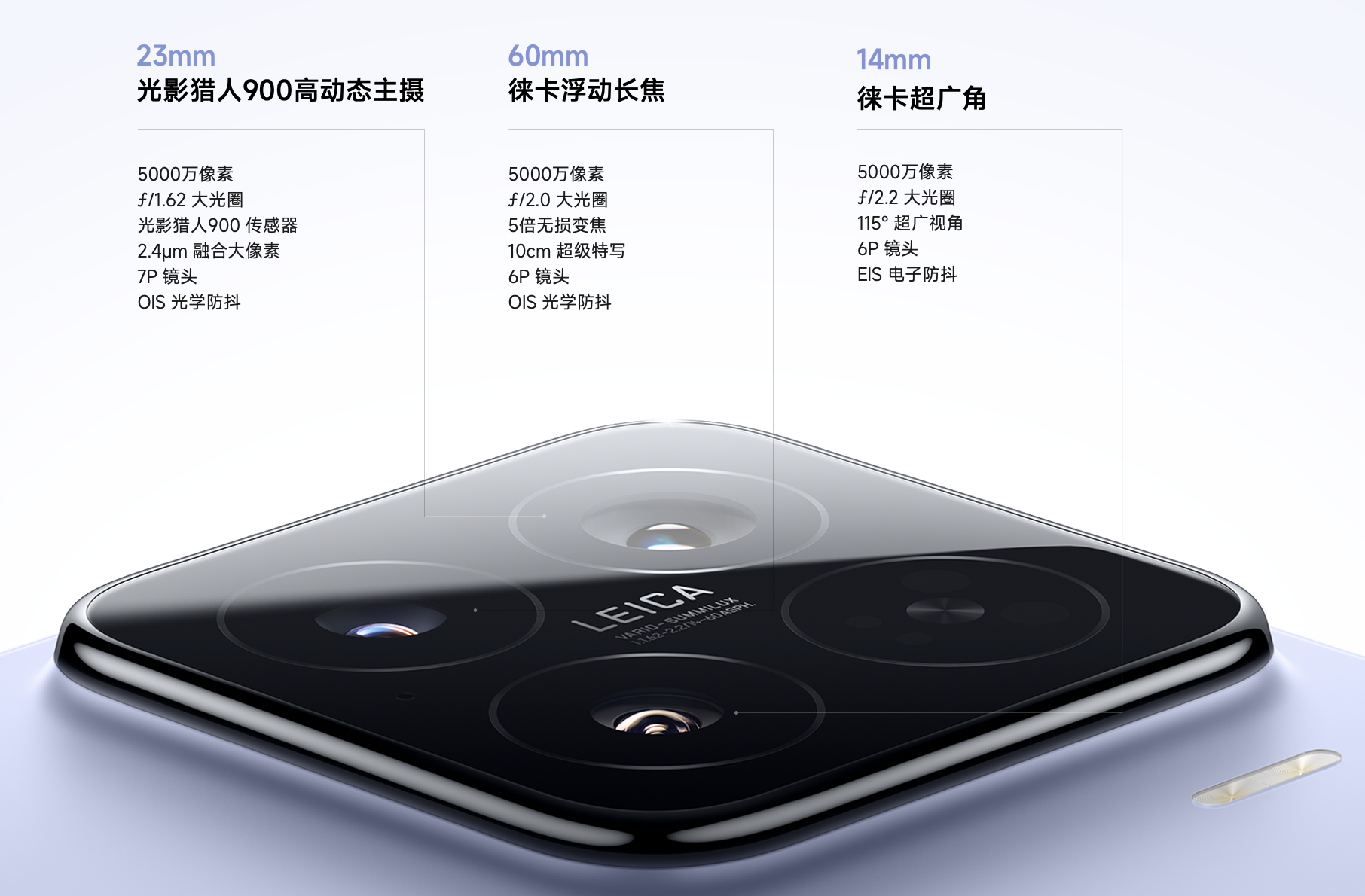
Image source: Xiaomi
In contrast, standardizing the external lens market and improving compatibility with different models, such as collaborating with mobile phone brands to launch lens mount protection cases, are the true priorities for external lens brands.
From the perspective of mobile phone imaging development, the return of external lenses doesn't signify a step backward for the mobile phone industry but rather a new approach born out of the market's desire to expand the mobile phone camera experience as imaging capabilities reach a certain level. Compared to the significant structural changes required by "modular cameras," external lenses bring more creative possibilities to mobile phones with a lower threshold. And until the next phase of breakthroughs in mobile phone imaging, such as AI photography truly replacing optical photography, the external lens market will continue to thrive.







